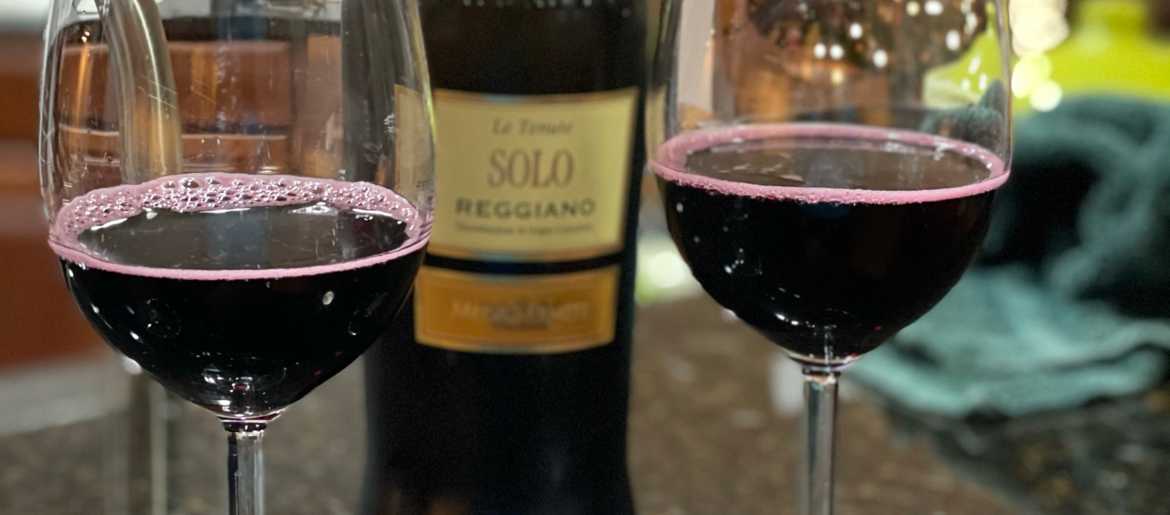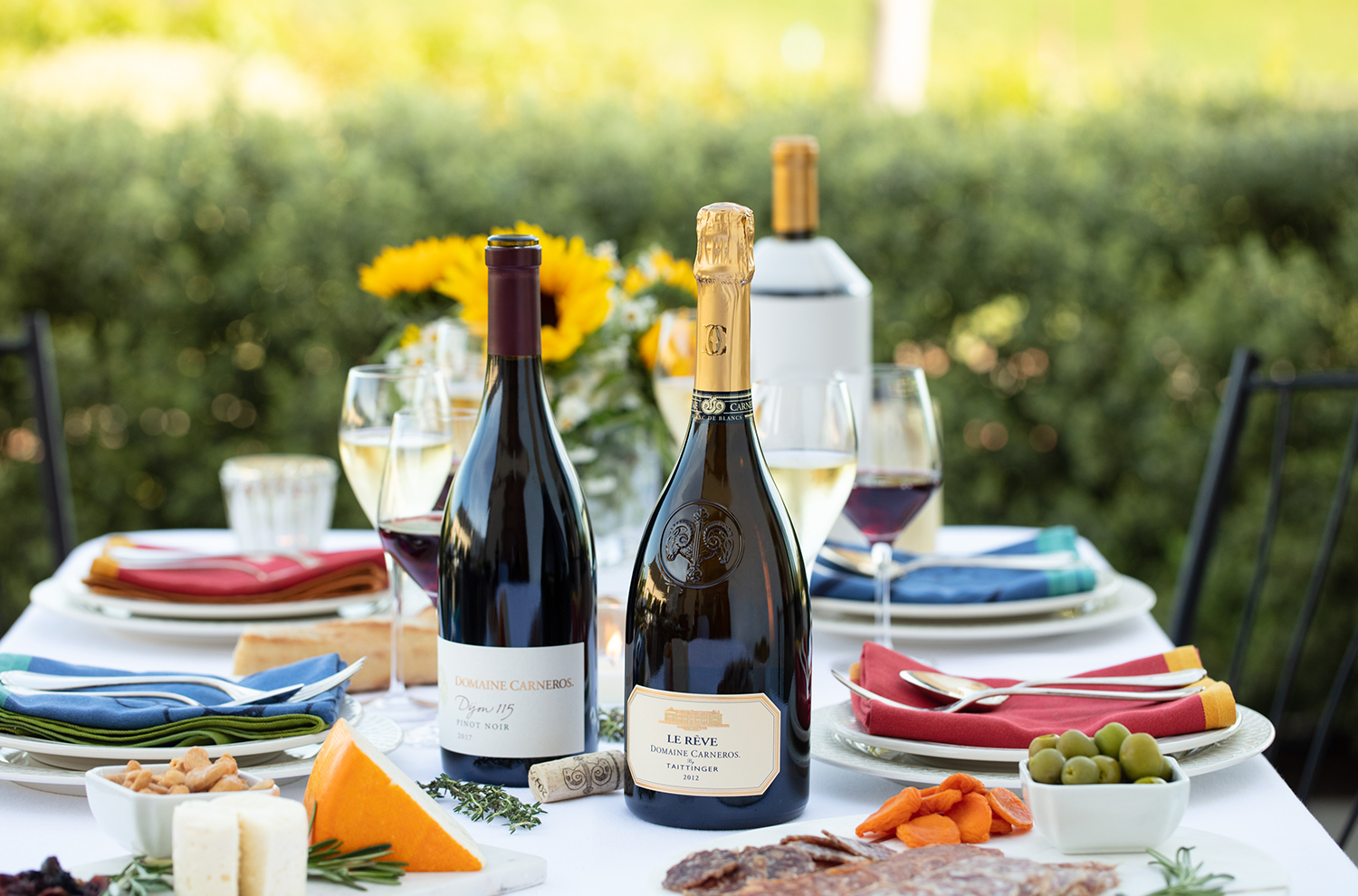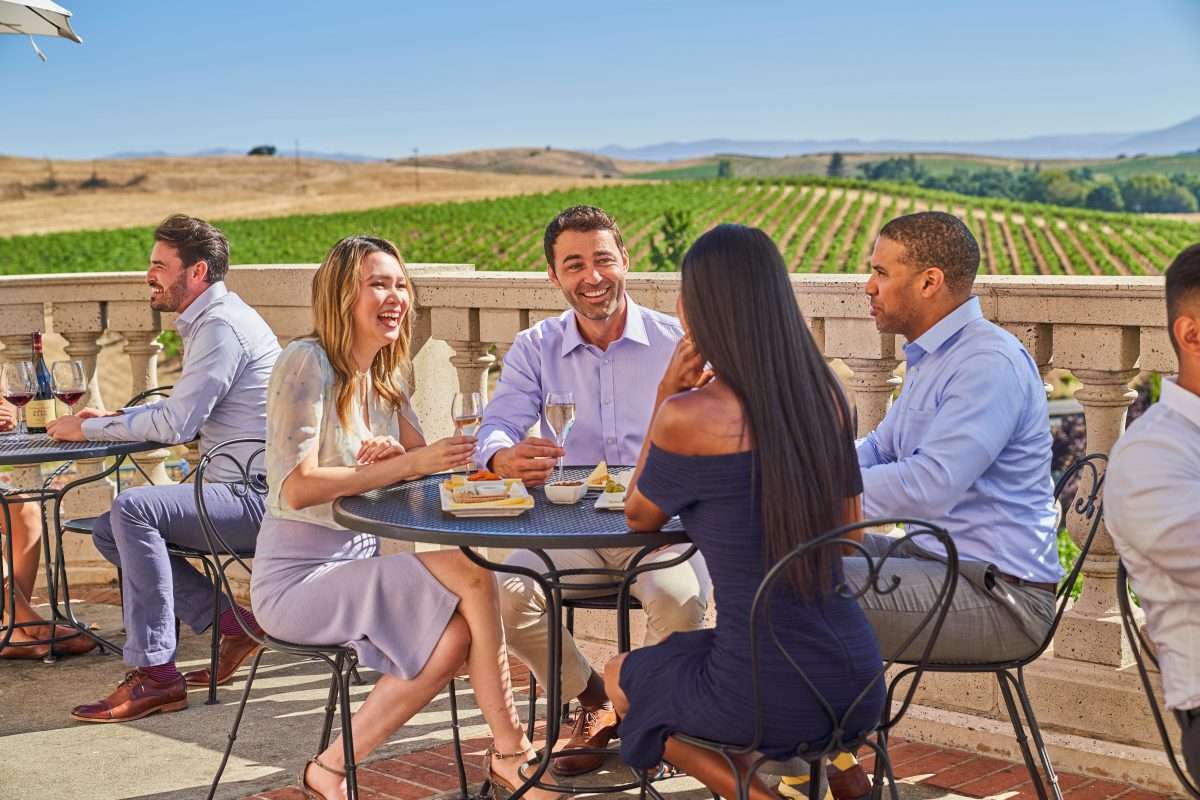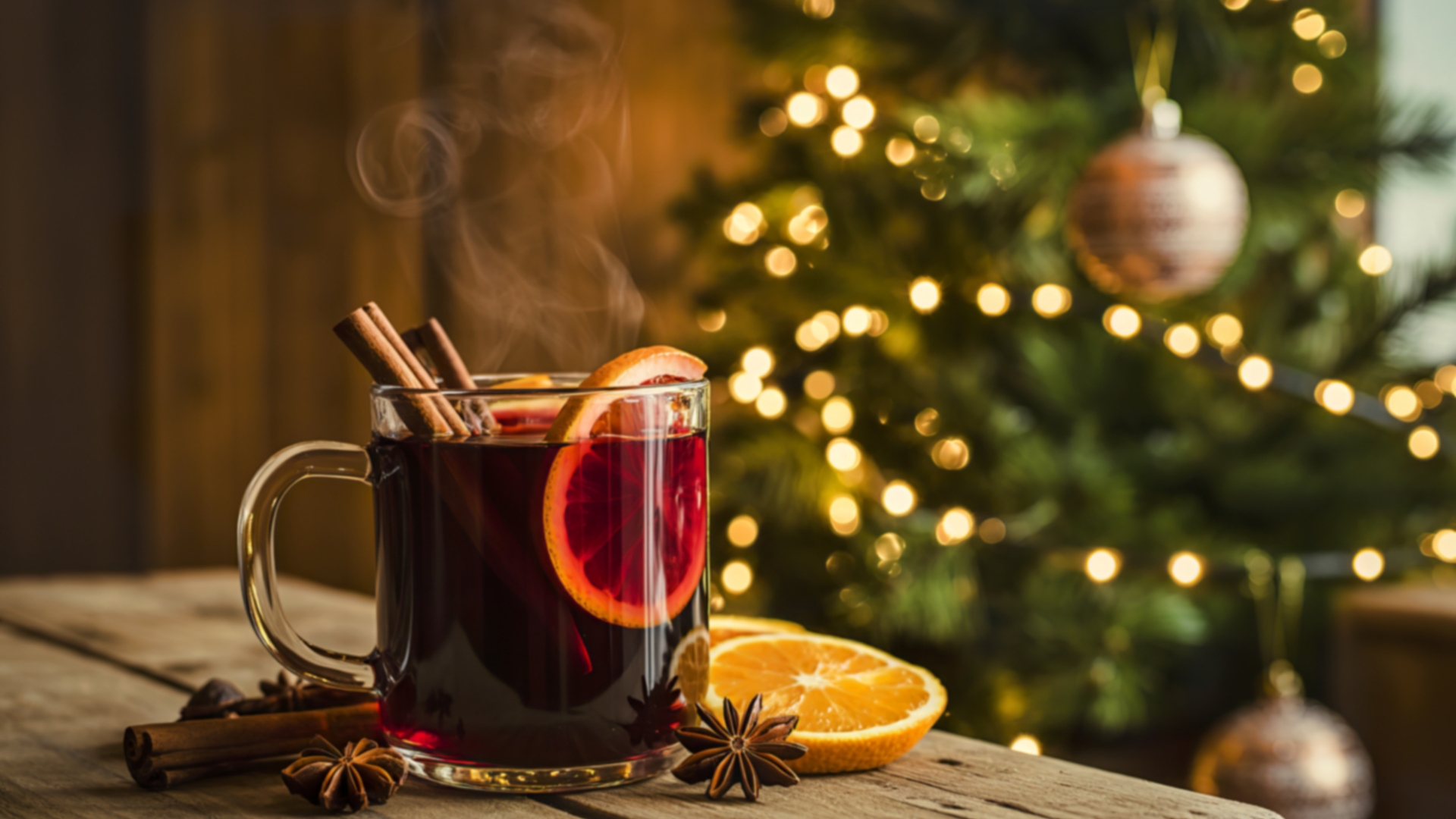Lambrusco, the effervescent red wine from Italy, is in the midst of an exciting renaissance. In recent years, the wine, once known as a mass-produced, inexpensive, sugary-sweet beverage, is shedding its poor image and is now being made in several complex, fresh, and dry versions.
Beginning in the 1970s, the sweet, industrialized type of Lambrusco became very popular, especially in the sugar-loving United States market, promoted by the giant Riunite company, whose catchy campaign slogan, “Riunite on ice, Riunite so nice” remains memorable nearly fifty years later. During the ‘80s and 90s, even talking about dry Lambrusco was unthinkable for most of its producers, as the sweet version had become the region’s bread and butter. However, by the turn of the 21st century it was evident that a change was in the air and, increasingly, consumers were looking for drier, better-made wines.
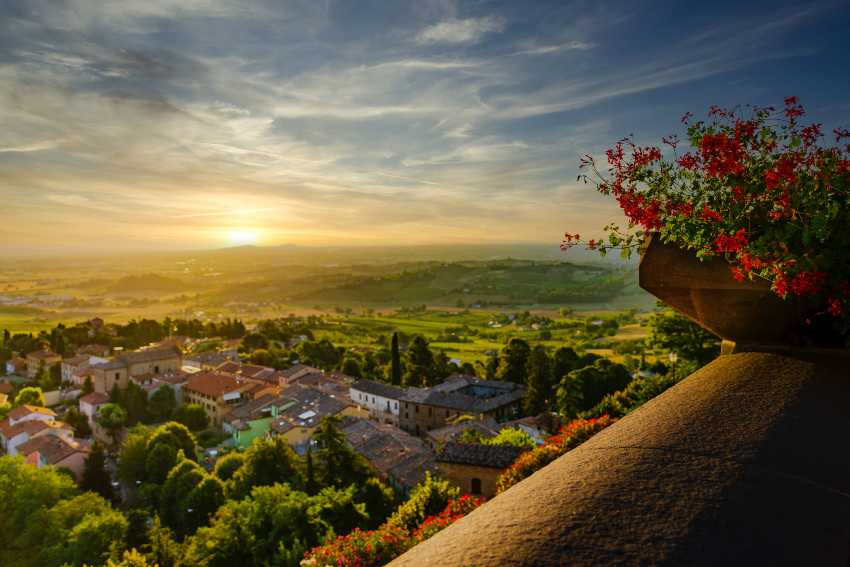
Producers soon noted that the time was right to return to their traditional pre-1970s roots by producing smaller amounts of quality-driven wines. Today, Lambrusco comes in both dry and sweet styles, with the best considered to be dry (secco), although good versions can be found in the off-dry (semi-secco) and semi-sweet (amabile) categories as well.
No More Faking It
“Real Lambrusco is back,” wrote Eric Asimov in the New York Times in 2017. “These wines have little to do with the sickly sweet beverages that dominated the market in the 1980s. Real Lambrusco is a fresh, dry, earthy, effervescent red, with a slight bitterness that goes beautifully with the rich cuisine of Emilia-Romagna, its home region in north-central Italy.”
In the five years since Asimov’s article, Lambrusco, the “real” kind, has continued to gain in popularity, particularly among those in the know in cosmopolitan cities. However, even in New York City, it’s not always easy to find a bottle of Lambrusco on a wine list, even at Italian restaurants. Fortunately though, most wine shops carry a decent Lambrusco or two.
At Marta, a restaurant in Manhattan that specializes in modern Italian fare, there is one Lambrusco on the mostly Italian wine list. “Surprisingly,” says Alyssa Monturi, sommelier at Manhattan’s Marta restaurant, “it still seems as if many New Yorkers are unaware that this ‘violet Italian sparkling magic’ exists. However, once introduced to Lambrusco, they are hooked.”
A Family Affair
The word “lambrusco” derives from the Latin labrusca, which means “wild,” and the grape is believed to have descended from domesticated wild Italian vines. Most Lambrusco wine is made from a family of commonly found varieties (clones) which includes two of the most popular, Grasparossa and Sorbara, as well as many others including Salamino (the most widely planted), Maestri, Montericco, and Marani.
The wine’s color and flavor are largely determined by the varieties used. For example, the Sorbara variety produces the lightest-hued wines (many are a light orangey-pink) that are delicately fragrant and floral with a lively acidity, whereas Grasparossa makes dark purplish-red colored wines that are textured, full-bodied, and creamy with flavors of dark cherry and plum. Lambrusco is often made from a blend of two or more varieties, giving winemakers the ability to craft signature styles of the wine.
Let’s Talk Italian. In Other Words, Let’s Talk Food!
Lambrusco’s hometown region of Emilia-Romagna is famous for three culinary delights: balsamic vinegar, Parmigiano Reggiano cheese, and Prosciutto di Parma. So it comes as no surprise that there is a locally-produced wine to go with the locally-produced food. However, this versatile wine is also a great match with the wide variety of cuisines found all over Italy, from Naple’s famous Bufalo Mozzarella in the south to Piedmont’s traditional Vitello Tonnato (thinly sliced beef with fresh tuna mayonnaise) in the north. And, of course, the fried foods found all over Rome.
“Lambrusco pairs elegantly with fried delights you can find at a Roman street vendor,” says Monturi, “such as suppli, Roman fried rice balls, and Olive all’ascolana, deep fried stuffed olives.” She also points out that Lambrusco can be enjoyed alone, as it is, “a bubbly, with fragrant notes of violet and supple flavors of blueberry rhubarb jam.”
Lambrusco’s food-pairing ability goes beyond the Italian border too. Its thirst-quenching nature makes the wine a great choice with cheesy, salty pizza, as well as with highly spiced cuisines derived far from the Italian borders, like American barbecue, Indian, Korean and Mexican.
“Just match the right Lambrusco to the right food and you’ll come away feeling like someone catapulted you into gastronomic nirvana,” —Italian wine expert Ian D’Agata.
Sippers for Summertime and Beyond
Especially now, during the heat of summer, Lambrusco will surprise you with its ability to refresh; its spritz cuts through fat and cleanses the palate. For any skeptics out there, try pouring a glass of chilled Lambrusco at your next barbecue or pizza party and see for yourself. Lambrusco can pair as well as, if not better than, any red wine you would usually turn to, from the appetizers all the way through the main course, and to cheeses and even desserts.
Medici Ermete is regarded as one of Italy’s best Lambrusco producers. This 130 year-old winery’s 80 hectares of organically grown vineyards are spread out among the finest winegrowing areas of Emilia-Romagna. Concerto, the world’s first single vineyard vintage Lambrusco, is tangy, juicy and fruity with tiny persistent bubbles. It makes a delightful accompaniment to spice-rubbed grilled meats.
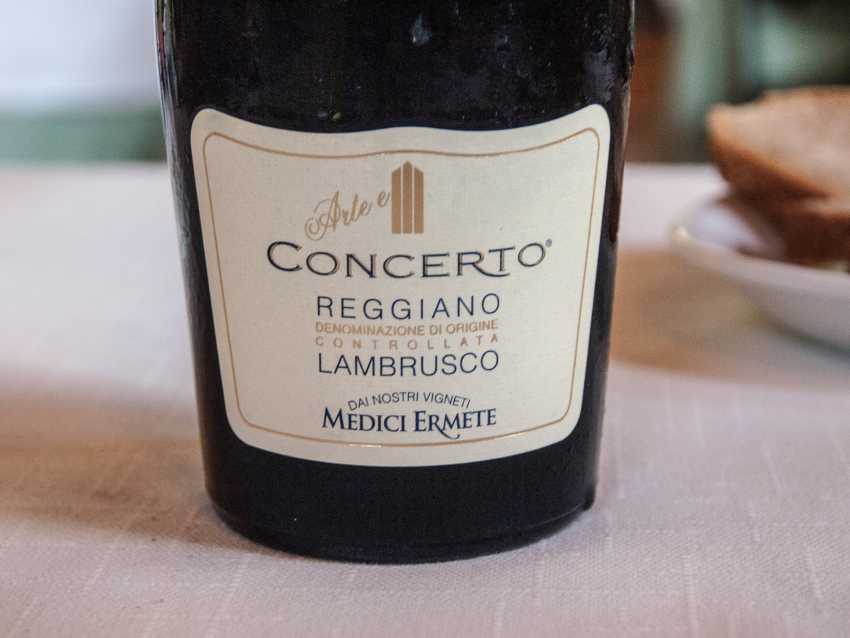
Alessandro Medici, fifth generation at his family’s winery, says that Concerto is one of the most refreshing and gastronomic wines in the world. “Lambrusco wine has a great acidity,” he says. “The Lambrusco Salamino grape, which Concerto is made from, has an especially marked acidity, yet is very well balanced by the elegant tannins and fruity flavors which make this wine extremely easy to pair with food, and the fine bubbles make it highly refreshing.”
What are Medici’s favorite local pairings to go with this wine? “I love to drink Concerto with lasagna Bolognese, but also with international cuisine,” he says. “Concerto is great with burgers, Thai food, Korean barbecue, and ramen.”
Looking to sip on some of this great bubbly? We hear Lambrusco goes extremely well with BBQ…buy the BBQ Wines for Beginners to score the Medici Ermete Quercioli Dolce Reggiano Lambrusco DOC.
Still can’t get enough Lambrusco? See more of Lisa’s recommendations here.
